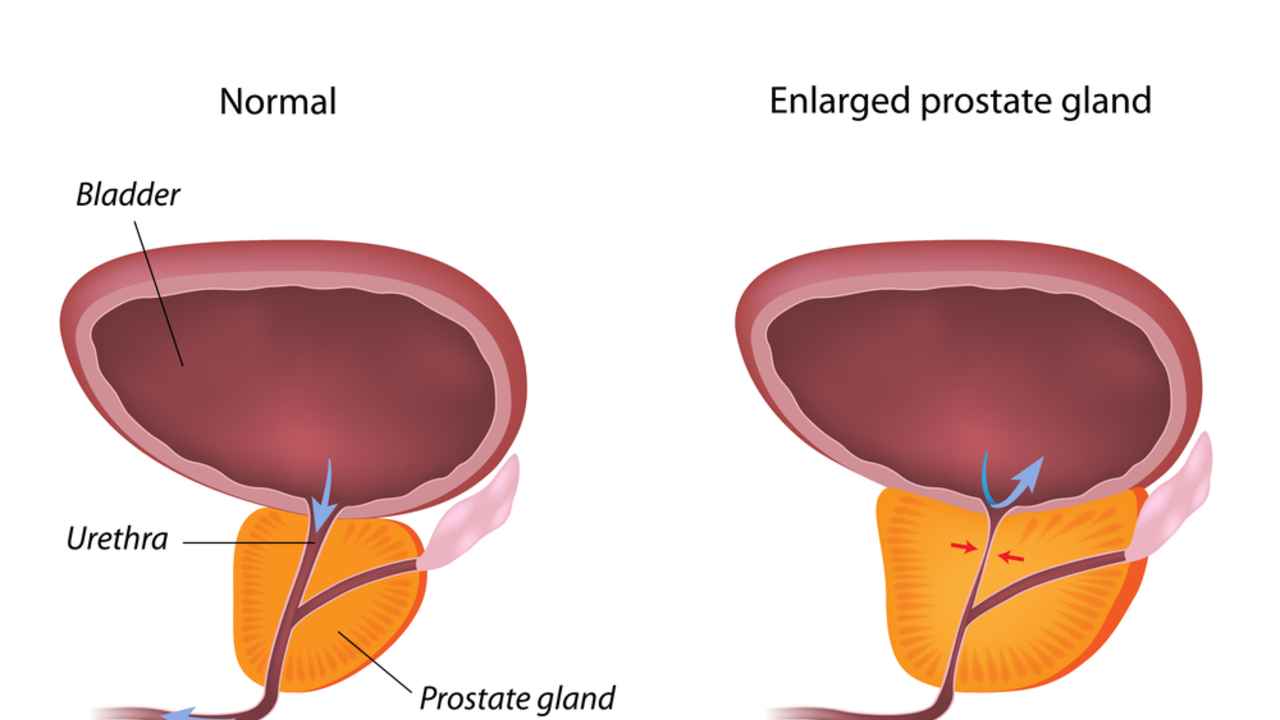If you’ve ever heard the term BPH and felt confused, you’re not alone. BPH stands for benign prostatic hyperplasia – a fancy way of saying the prostate gland has gotten bigger. This growth is not cancer, but it can mess with how you pee and affect daily comfort. Most men start noticing changes after age 50, and the condition becomes more common as you get older.
The prostate sits right under the bladder and wraps around the urethra, the tube that carries urine out of the body. Hormones, especially dihydrotestosterone, can make prostate cells multiply over time. As the gland enlarges, it squeezes the urethra, leading to the classic BPH symptoms: frequent bathroom trips, a weak stream, and the feeling that you never fully empty your bladder. Not everyone with an enlarged prostate feels symptoms, but when they show up, they’re usually easy to recognize.
First off, talk to a doctor – a quick exam and a simple urine test can confirm if BPH is the culprit. From there, lifestyle tweaks often help. Cutting back on caffeine and alcohol reduces bladder irritation, while drinking water earlier in the day spreads fluid intake and lessens nighttime trips. Regular exercise, especially pelvic floor workouts, can improve bladder control.
If lifestyle changes aren’t enough, medications are the next step. Alpha‑blockers like tamsulosin relax the muscle fibers in the prostate and bladder neck, making it easier to pee. For longer‑term shrinkage, 5‑alpha‑reductase inhibitors such as finasteride lower hormone levels that fuel prostate growth. Your doctor will weigh benefits against side effects, like reduced libido or dizziness, to find the right fit.
When pills don’t cut it, more advanced options exist. Minimally invasive procedures, such as transurethral microwave therapy (TUMT) or laser vaporisation, use heat or light to reduce excess tissue without major surgery. In severe cases, a transurethral resection of the prostate (TURP) removes a chunk of the gland and offers lasting relief. Recovery times vary, but most men go back to normal activities within a few weeks.
Bottom line: BPH is common, treatable, and rarely life‑threatening. Spotting the signs early, making simple habit changes, and talking openly with a healthcare provider can keep the condition from hijacking your routine. Keep an eye on any new urinary patterns and don’t shy away from getting the help you need – a smoother flow is just a few steps away.

Hello there, I'm your friendly health blogger, back again to help you understand the world of medical conditions. Today we’re focusing on Benign Prostatic Hyperplasia (BPH), a condition that affects many men as they age. Our thorough guide will enlighten you about the symptoms associated with BPH, demystifying the condition so you can make informed decisions. Remember, knowing is half the battle, so let's arm ourselves with knowledge and march towards better prostate health together.
Read More